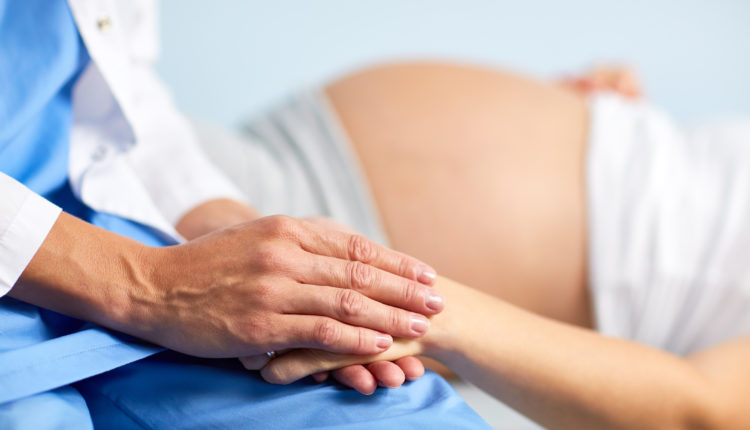Categories
Premature Labor: Signs, Causes, and Treatment
Feb 16, 2021
For most pregnant women, pregnancy lasts for nine months. However, sometimes, the baby unexpectedly arrives sooner. It can be due to regular contractions leading to the opening of the cervix. The earlier the birth happens, the more risk the baby endures.
Many such premature babies need to be put under the Neonatal Intensive Care Unit (ICU). The precise reasons for premature labor are not known. There are some risk factors that can indicate premature labor but often women with no risk factors have gone through premature labor. You can always visit Rosewalk Hospital and consult the best gynecologist in South Delhi to understand risk factors and reducing risks for preterm labor and premature birth.
Causes for Premature Labor:
While there are no definite causes of premature labor, researchers have pointed out a few factors that might aid to preterm labor.
Smoking, alcohol, and drug consumption:
Consumption of such substances during pregnancy not only increases the chance of a miscarriage, but also raises the likelihood of premature labor. Besides these possibilities, the baby can be born underweight because the toxins present in these substances may halt the necessary amount of oxygen required by the baby.
Stress:
Research has proven that high and prolonged emotional stress levels caused by traumatic experiences can cause the discharge of hormones that trigger labor contractions.
Physical stress at work can be another factor. Research has found that women who stand for longer than five hours a day during pregnancy are at a higher risk of premature labor.
Age of the Mother:
Females younger than 17 and older than 35 are likely to face preterm labor. Often, older women even if they are healthy are at high-risk pregnancy.
Infections:
Various types of infections can lead to premature labor.
Periodontal disease is more likely to happen to pregnant women due to hormonal changes. Experts have shown an inclination towards the possibility that the inflammation-causing bacteria in the gum can get mixed in the mother’s bloodstream and reach the fetus, causing it to be delivered prematurely.
Other infections, including that of the amniotic fluid and lower genital tract, is another risk factor.
The time period between pregnancies:
If the mother has become pregnant sooner than 18 months after giving birth, it raises the risk of premature labor. A study also suggests that pregnancy in less than 12 months or a pregnancy of more than 59 months also creates a possibility of preterm labor.
Signs of Premature Labor:
Change in Vaginal Discharge:
A change in the colour and/or texture of your vaginal discharge can be an indicator of premature labor. It can become watery, bloody or have a lot of mucus. Discharging more than usual can also lead to the same.
Lower Abdominal Pressure:
A sensation in your pelvic zone as if your baby is pushing down is known to be felt in pregnant women who later experienced preterm labor.
Backache:
A consistent and dull backache might be a sign that the baby is going to be delivered early.
Contractions:
Regular contractions that make your belly area feel like a fist. These frequent contractions may not necessarily be painful.
Preterm separation of membranes:
The membranes around the baby breaks or tears in a gush or a continuous trickle of fluid.
Flu-Like Traits:
Symptoms such as nausea, diarrhoea or vomiting can be indicators of preterm labor. If your body can not tolerate liquid for eight hours, you should consult your doctor.







